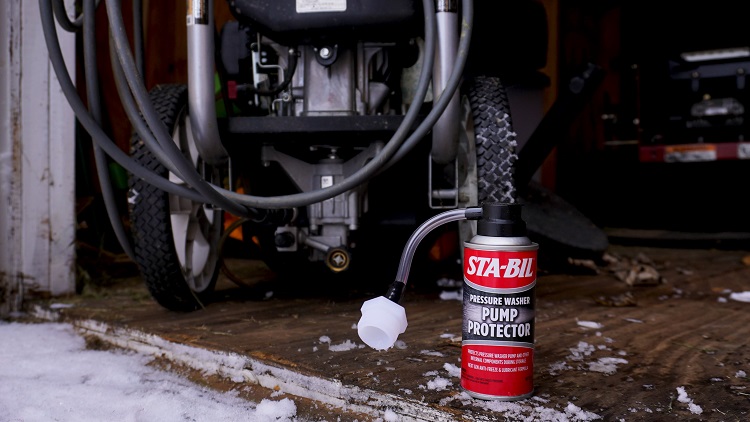In all honesty, perhaps the most well-known reason behind a pressure washer breaking is improper storage. Particularly throughout the cold weather months. If, as the vast majority, you store your tension washer in an unheated carport or shed, you’ll have to winterize it assuming you live in a space where temperatures dip under freezing
Here are the simplest steps you need to follow to store your heavy duty machine properly. With them, the machine will be able to last many winters.
Stage 1: Flush the Siphon
Assuming you utilize the cleaner work, you must remove cleaner buildup from the siphon. Connect the gadget to the hose and plug it in. Then, at that point, fill the cleanser bottle with water and run the pressure washer on low strain for 30 seconds.
To complete it, run the washer at higher tension for an additional 30 seconds. Playing out these two stages will flush out the cleanser residue and keep it from obstructing the inner parts of the siphon.
Stage 2: Drain the siphon
Detach the pressure washer from the water source. Turn on the tension washer and let it run until the water staying in the siphon emerges from the machine. In the wake of flushing the siphon, switch off the tension washer and turn off it.
Stage 3: Winterize the Siphon
To winterize your pressure washer siphon, you’ll have to buy a container of strain washer radiator fluid or “siphon Protector”. Connect the hose from the tension washer’s radiator fluid supply to the fast connector and associate the connector to the siphon inlet.
Stage 4: GAS MODELS ONLY- Winterize the Motor
The driving force of an electric tension washer shouldn’t be winterized. However, the motor of a fuel-controlled strain washer does. Gas isn’t suitable for long-haul stockpiling and will start to degrade following a couple of months.
This fuel degradation may be more severe for widely used ethanol mixes. At the point when fuel turns sour, it can cause motor consumption and deposits, prompting unnecessary fixes. On the off chance that your gas pressure washer won’t be used throughout the colder time of year or for a drawn-out timeframe, we prescribe adding a fuel stabilizer to assist with keeping up with fuel integrity.
While adding stabilizers, make certain to follow the producer’s manual. Pressure washers hold water in the siphon after use. If the water isn’t depleted totally, the water staying in it can freeze and grow, pushing and harming the siphon block.
Contact your nearby reusing community for directions on the best way to discard fuel.
Stage 5: Store the tension washer in a dry region
Keep your tension washer shielded from frigid temperatures and another outrageous climate. Get it far from heat sources that could dry out the siphon seals or light fuel fumes.
Use a siphon oil/radiator fluid. As well as greasing up seals and cylinders and safeguarding against freezing, this will help prevent mineral deposits. Safeguard the tension washer with a cover that doesn’t hold in dampness.









